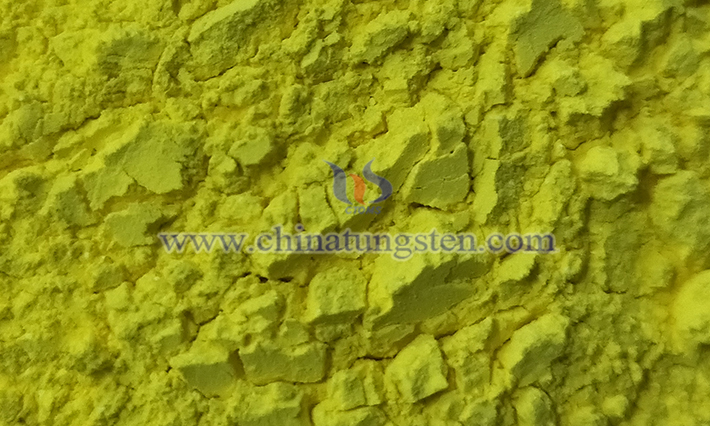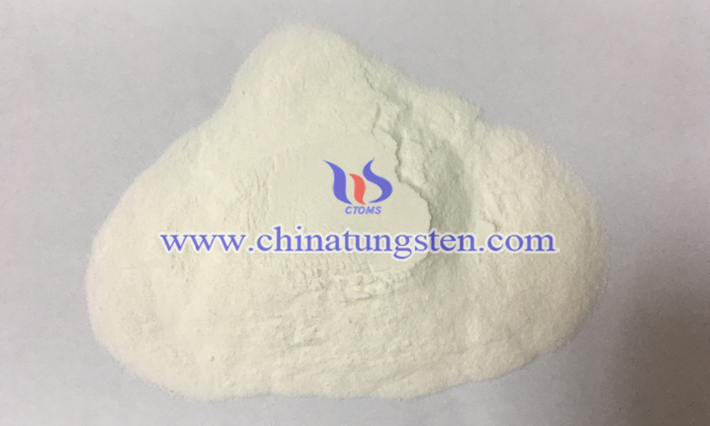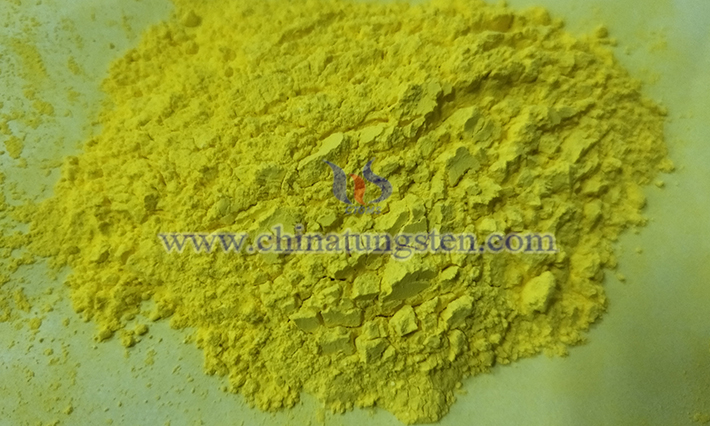Molybdenum Concentrate Price - June 7, 2023
- Details
- Category: Tungsten's News
- Published on Wednesday, 07 June 2023 17:53
- Written by Shuxia
- Hits: 788
China’s domestic molybdenum market remains stable mainly due to the fact that current suppliers are not in a hurry to ship goods and buyers basically maintain rigid demand.
China Tungsten Price Continued to Maintain Stable in Early June 2023
- Details
- Category: Tungsten's News
- Published on Tuesday, 06 June 2023 17:26
- Written by Shuxia
- Hits: 684

Analysis of latest tungsten market from Chinatungsten Online
At the beginning of the week, China tungsten price continued to maintain stable with mixed market attitudes and different expectations for the adjustment direction of supply and demand in the future.
Read more: China Tungsten Price Continued to Maintain Stable in Early June 2023
Chinese Rare Earth Prices – June 5, 2023
- Details
- Category: Tungsten's News
- Published on Tuesday, 06 June 2023 09:19
- Written by Shuxia
- Hits: 498

At the beginning of the week, Chinese rare earth prices showed a general downward trend, mainly due to the decrease in demand from downstream users.
China Tungsten Price Was Stable at the Beginning of June 2023
- Details
- Category: Tungsten's News
- Published on Tuesday, 06 June 2023 09:22
- Written by Shuxia
- Hits: 741

Analysis of latest tungsten market from Chinatungsten Online
China tungsten price was stable in the week ended on Friday, June 2, 2023 when the primary market is operating cautiously and steadily. The mining end has a strong rised mentality, and external offers have risen slightly because the supply of market resources is limited; buyers remain cautious, and the enthusiasm of merchants for active consumption is not high.
Read more: China Tungsten Price Was Stable at the Beginning of June 2023
Molybdenum Powder Price - June 5, 2023
- Details
- Category: Tungsten's News
- Published on Tuesday, 06 June 2023 09:15
- Written by Shuxia
- Hits: 608

At the beginning of the week, China’s molybdenum powder, ammonium molybdate and ammonium heptamolvbdate prices keep stable mainly due to the relative balance between supply and demand in the current market.





 sales@chinatungsten.com
sales@chinatungsten.com